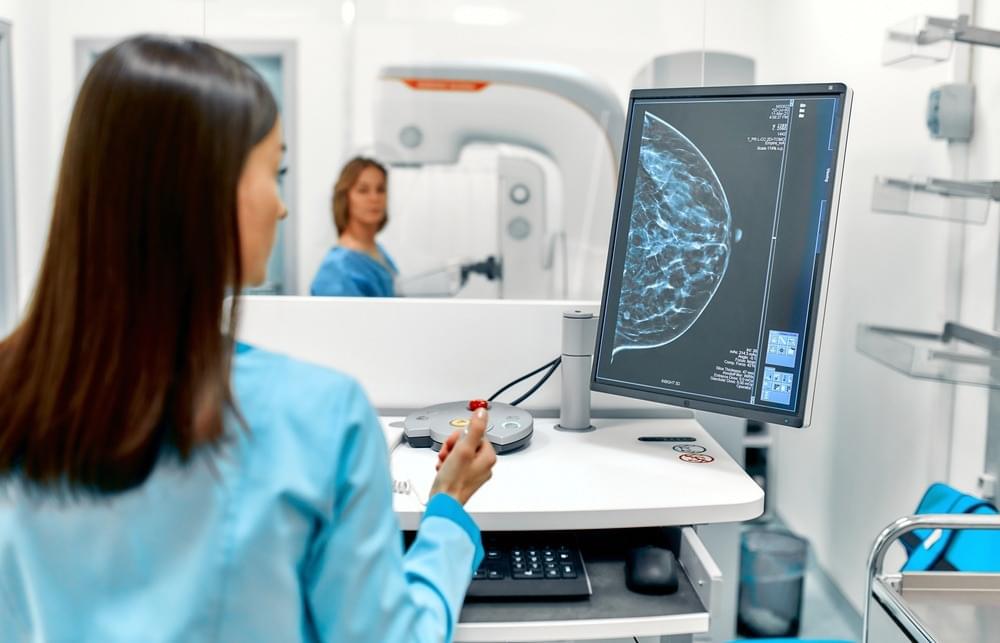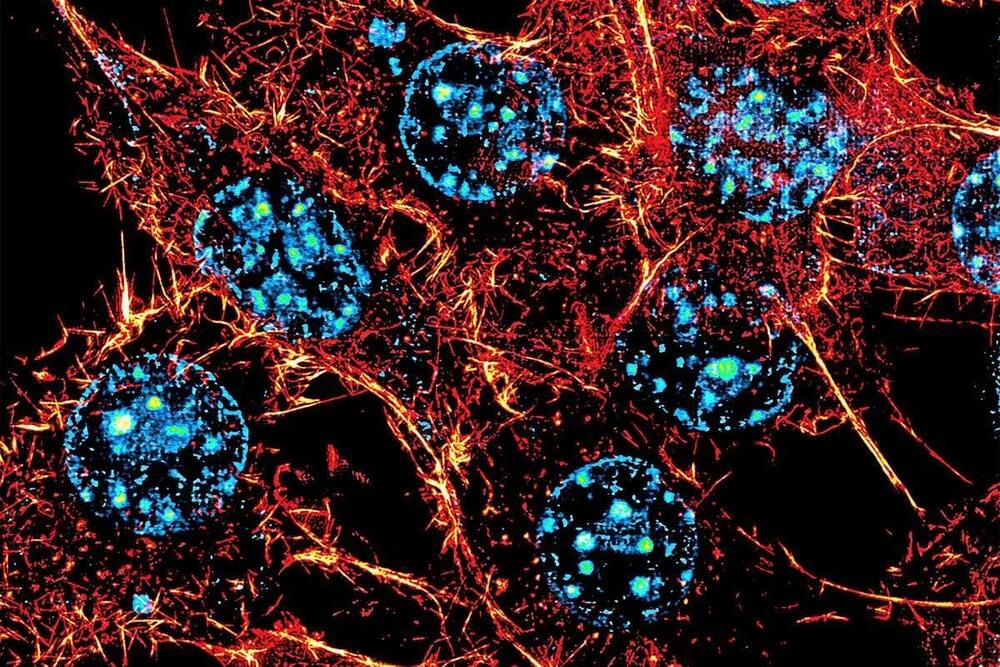This AI tool automatically animates, lights, and composes CG characters into a live-action scene. No complicated 3D software, no expensive production hardware—all you need is a camera.
Wonder Dynamics: https://wonderdynamics.com.
Blender Addons: https://bit.ly/3jbu8s7
Join Weekly Newsletter: https://bit.ly/3lpfvSm.
Patreon: https://www.patreon.com/asknk.
Discord: https://discord.gg/G2kmTjUFGm.
██████ Assets & Resources ████████████
Blender Addons: https://bit.ly/3jbu8s7
FlippedNormals Deals: https://flippednormals.com/ref/anselemnkoro/
FiberShop — Realtime Hair Tool: https://tinyurl.com/2hd2t5v.
GET Character Creator 4 — https://bit.ly/3b16Wcw.
Humble Bundles: https://www.humblebundle.com/membership?refc=F0hxTa.
Get Humble Bundle Deals: https://www.humblebundle.com/?partner=asknk.
GET Axyz Anima: https://bit.ly/2GyXz73
Learn More with Domestica: http://bit.ly/3EQanB5
GET ICLONE 8 — https://bit.ly/38QDfbb.
Unity3D Asset Bundles: https://bit.ly/384jRuy.
Cube Brush Deals: https://cubebrush.co/marketplace?on_sale=true&ref=anselemnkoro.
Motion VFX: https://motionvfx.sjv.io/5b6q03
Action VFX Elements: https://www.actionvfx.com/?ref=anselemnkoro.
WonderShare Tools: http://bit.ly/3Os3Rnp.
Sketchfab: https://bit.ly/331Y8hq.
███████ Blender Premium Tutorials █████████
Blender Tutorials #1: https://bit.ly/3nbfTEu.
Blender Tutorials #2: https://tinyurl.com/yeyrkreh.
Learn HardSurface In Blender: https://blendermarket.com/creators/blenderbros?ref=110
Learn to Animate in Blender: https://bit.ly/3A1NWac.
Cinematic Lighting In Blender: https://blendermarket.com/products/cinematic-lighting-in-blender?ref=110
Post Pro: https://blendermarket.com/products/postpro-?ref=110
███████ Extras ██████████████████






